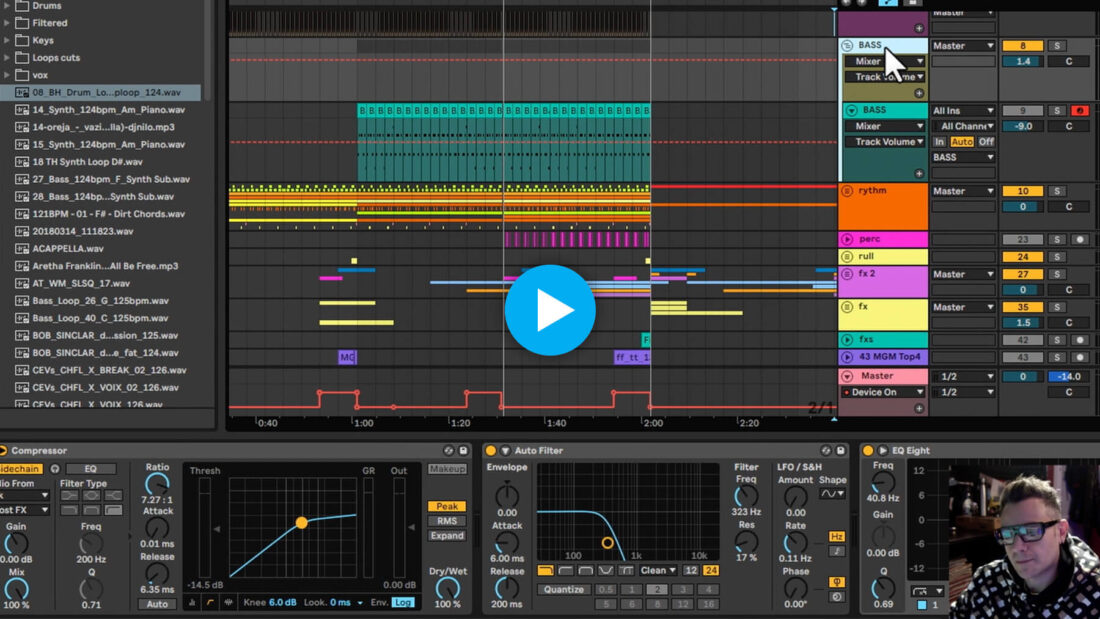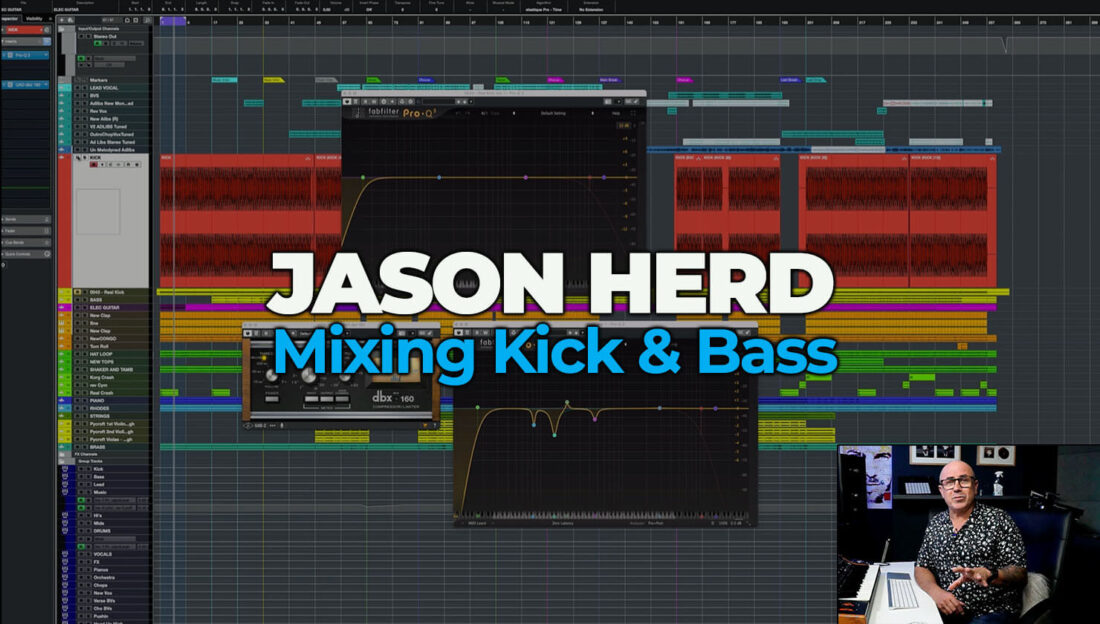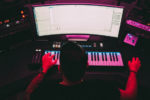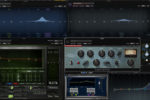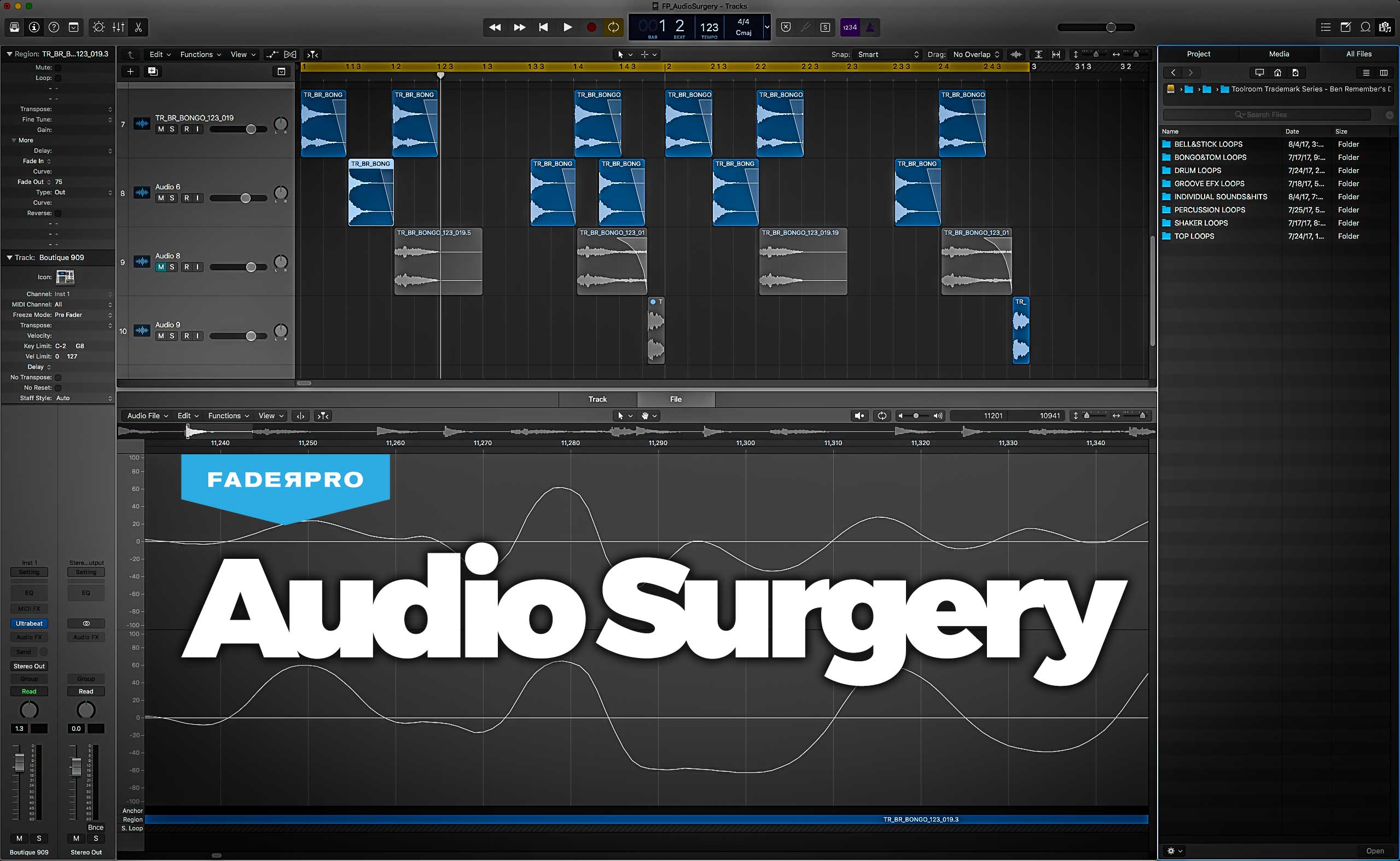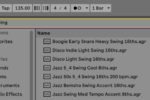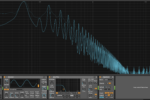Treating Low Frequencies for the Club

Does your mix have what it takes to translate to the club? Here’s what you’ll need to do
Modern mixing is no walk in the park. It’s not good enough to simply craft a good mix – today’s producers have to craft a good mix that remains a good mix on headphones, on home systems, on bluetooth speakers, and any other system that someone might listen to it on. And that includes the daddy of all music playback systems: the club.
In this clip from his free FaderPro course, CASSIM breaks down the processing of the bass and kick in his highly successful “Pasilda” remix. Notably, he points out that the bass track is in mono, and that he side-chained the kick to the bass.
We’ll take a deeper look at why monoed bass, and side-chaining your kick work well for the club in this article.
How is sound different in the club?
Different clubs have different acoustic properties, so it can be a real challenge to get your mix to a good standard across each venue. The size of the room, the in-house speaker system, and even the amount of people in the room, can all affect the sound.
Unfortunately, predicting how your mix will sound in each live space is next to impossible without going there and hearing it first-hand.
So how can we make our mixes sound great in the club?
Club systems tend to have a lot of power, and as a result can really bring out the low-end in your mix. Some key things to keep in mind when mixing low-end for a club environment are:
- Allow for more dynamic range in your low-end frequency space
- Leave space and create separation between your kick and bass
- Check mono compatibility at the production and mixing stages
- Be mindful when adding digital reverb
If you’re used to mixing in headphones or on smaller studio monitors, you may have learned that bass frequencies don’t always translate accurately. This is because bass frequencies require more energy than high frequencies when replicated by playback systems. Typical systems and studio headphones can lack the power required to deliver your bass in its truest form. This can result in overcompensating for the bass when you mix. Thankfully, the modern science of audio-engineering offers some solutions to combat the issue.

Low-end dynamic range
Because club systems can deliver bass more effectively than typical home monitoring systems, you can hear the finer details of the low-end when in a club. That means that if the low-end is overcompressed, it can sound flat and completely drown out the rest of your mix. In most cases, allowing the low-end to retain some of its natural dynamic range will prevent this.
Tools like Mastering The Mix Levels or iZotope Tonal Balance Control 2 offer a visual indication of your bass frequencies’ properties – including their dynamic range.
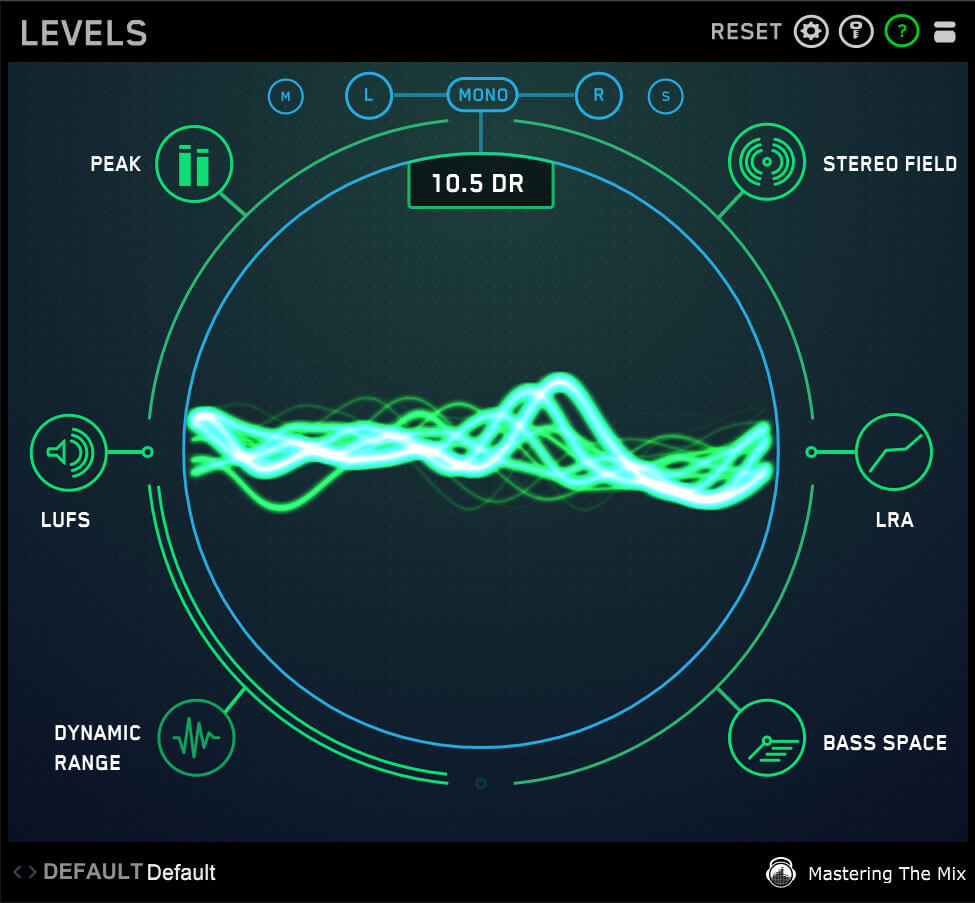
The bass and kick work together to build the fundamental rhythm of the track. If mixed well, these instruments will create the pulsating, punchy beat that will get people dancing. If you don’t allow enough headroom and dynamic range, the pulse of the beat can become drowned-out, distorted and muddy.
Using sidechain compression to separate the kick and bass
Although this technique isn’t suitable for every track across each genre, it’s useful in mediating the battle between kick and bass. Sidechaining your kick to the bass causes your bass to duck in volume (either slightly, or heavily) each time the kick drum hits. You could even take this a step further by only targeting the specific problematic frequencies.
You can also play with the attack and release of the sidechained compressor to choose how fast the bass will duck once the kick hits, and how fast it will rise back to full volume once the kick stops. When applied appropriately, sidechaining will aid in bringing out the pulse of the kick and make sure that the bass is not overpowering it.
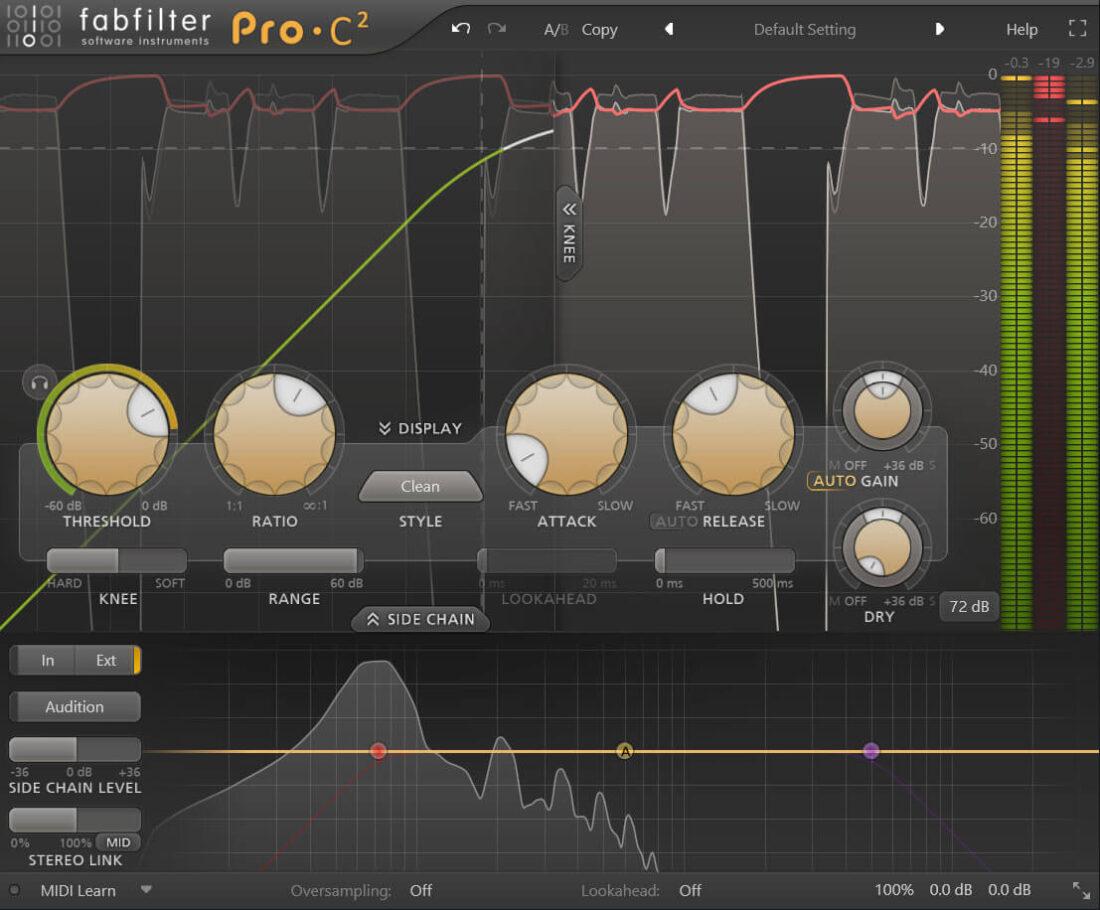
Ultimately, each track is different and you will have to tune your sidechain settings accordingly. Maybe your kick drum punches through the bass enough already and doesn’t need any sidechaining. This is something to experiment and get familiar with so that you know when and where to use it.
Why mix in mono?
The vast majority of club sound systems are mono, so it’s crucial to get your mix to sound balanced in mono playback. Many mixing engineers recommend optimizing your track for mono before you apply any stereo effects for the simple fact that if your mix sounds good in mono, it will translate well to stereo. Because a percentage of listeners will be playing your track in mono, it makes sense to use that as a starting point.
In most scenarios, frequencies below 150Hz will be collapsed into mono regardless of whether they are being played on a stereo system or not. This is another reason why you should perhaps just mix your low-end in mono anyway. The cause for this dates back to the early days of vinyl mastering, when any stereo low-end would more likely cause a turntable’s needle to skip.
If you have mixes already optimized for stereo and you want to check their mono compatibility, you can use Voxengo’s SPAN metering plugin. SPAN is free to download and has a stereo correlation meter that displays the phase correlation between both left and right channels.
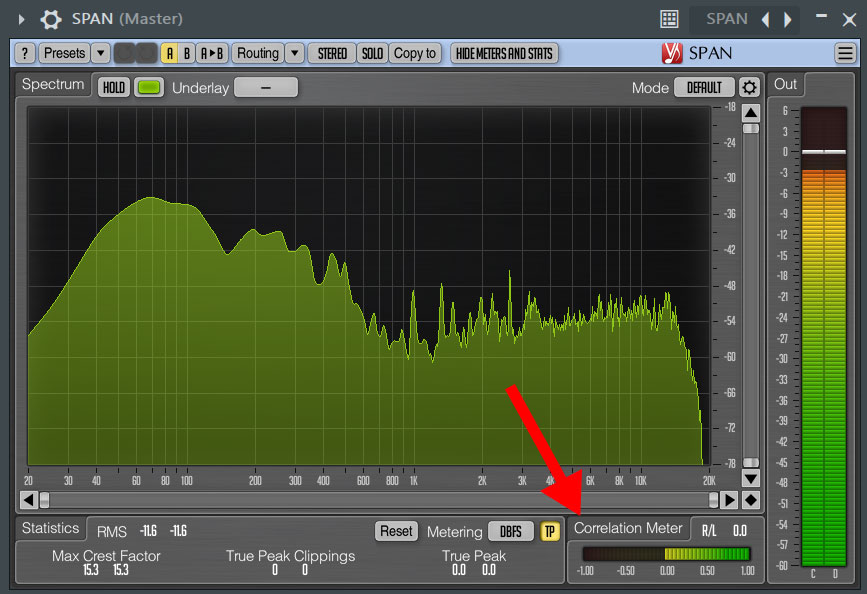
What about reverb?
Reverb is another thing to consider when preparing your mixes for playback in a club. The room of the club will naturally reverberate the sound, so any digital reverb you’ve added – however great it sounded on your studio headphones – could cause issues in a huge venue.
Reverb can be particularly problematic when applied to low-end sounds because it naturally reduces clarity and causes a build-up of muddiness. But this doesn’t mean that digital reverb is completely off the table – it can still be applied strategically to enhance your mix. A common tactic to combat reverb muddiness is to apply reverb that only affects a set frequency band. For instance, you could apply the reverb to your bass, but only allow it to affect the harmonic content above 200Hz.
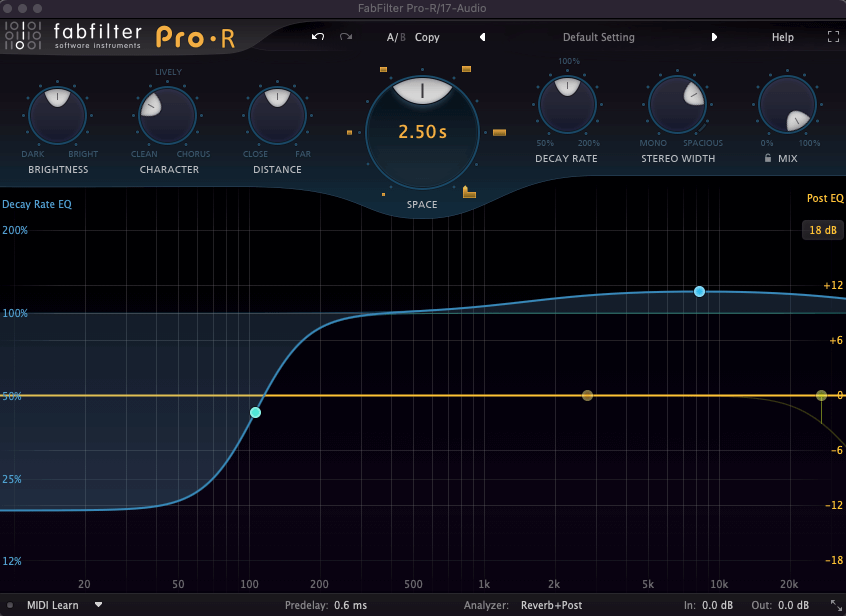
If you want to dive into the whole ‘reverb on bass‘ topic a bit more, check out this article.
Use what’s available to you
As mentioned in the introduction, it’s nearly impossible to attain a perfect mix across every playback system. Unless you have state-of-the-art equipment, and enough funding to supply your own live mixing desk, you’re going to be working slightly in the dark at each club. As long as you maximize your proficiency with the tools you do have access to, the drunken nightclub dwellers probably won’t complain!
One last tip is to use reference tracks. Reference tracks can help out immensely when mixing low-end on studio headphones and monitors. If you’re still learning the craft, it can help to have mentorship from your own favorite tracks. After all, you know what sounds best to you!

What’s next?
For an in-depth look at mixing the low-end, check out Jason Herd’s Mixing Kick and Bass course.
It’s fair to say that there’s a lot to cover when it comes to mixing your kick and bass, and fitting the entire low end in with the rest of your track. Jason has done a stellar job of creating this detailed but concise course on the subject, in which he’s poured much of the knowledge he’s gained over his decades in the studio. From sample selection right through to gluing your kick and bass together and applying effects to finish off your aesthetic, you can learn it all in this course.
